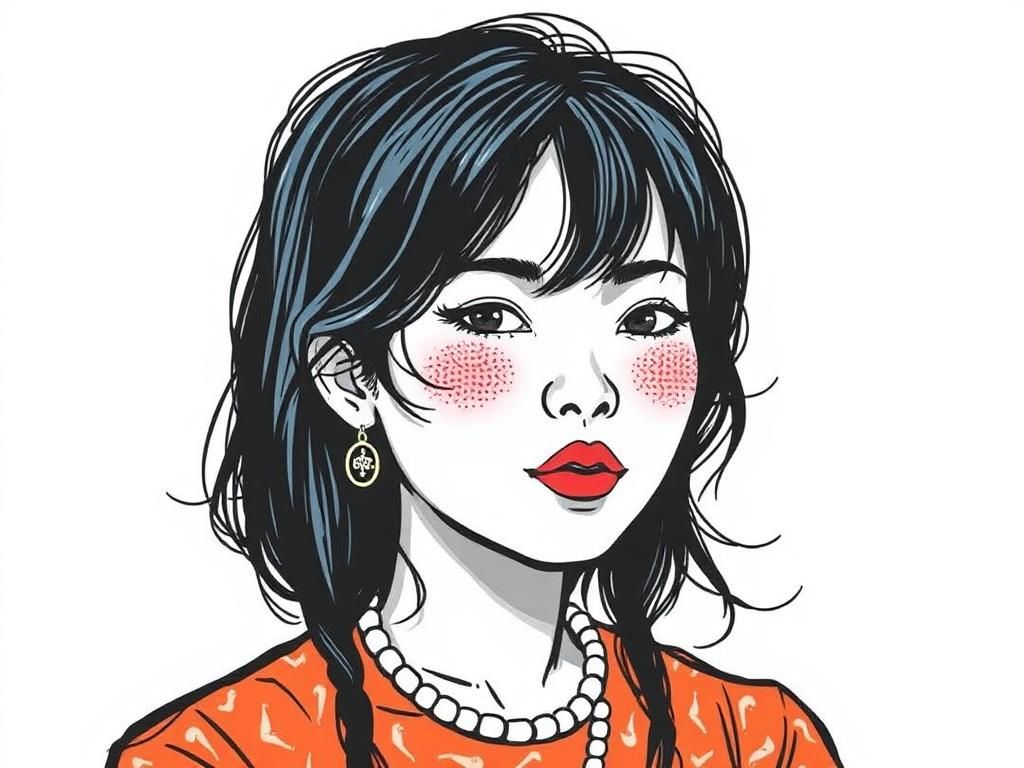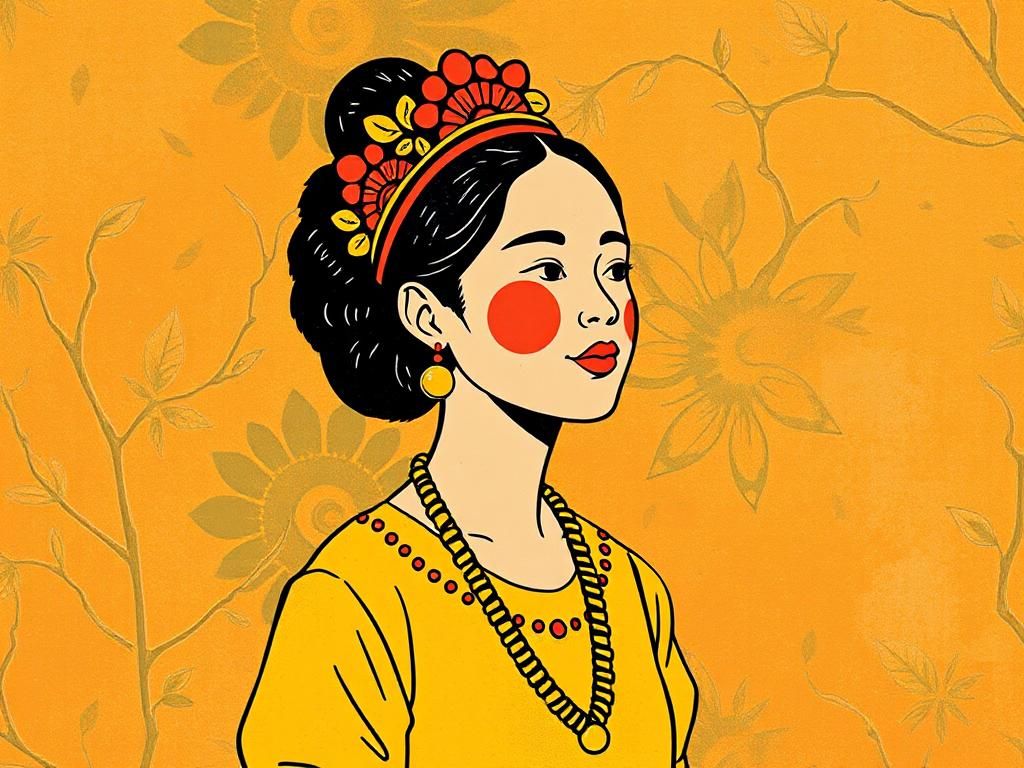The term “Pinay” is a powerful and culturally rich label for women from the Philippines, reflecting both their heritage and identity in contemporary society. Understanding the Asian Pinay identity requires a consideration of its historical context, cultural representations, and the complexities involved in being a Pinay today. This article delves into various facets of the Pinay identity, exploring how they have evolved over time, their representations in culture, and the role of Pinays in a globalized world.
Introduction to the Pinay Identity
Definition of “Pinay”
The term Pinay is often used to refer to Filipina women, denoting not just nationality but a shared cultural identity. The suffix “-ay” is a feminine marker in Filipino language formation, signifying a woman from the Philippines. This term carries significant weight within Filipino culture, often embodying resilience, familial love, and a deep connection to one’s roots.
Historical Context
Understanding the Asian Pinay identity requires a look back through the colonial history of the Philippines. The country experienced centuries of colonial rule, beginning with Spanish colonization in the 16th century and later American influence in the 20th century. These historical events profoundly shaped the cultural landscape, leading to an ongoing evolution of the Pinay identity. Through resilience and adaptation, Pinays have emerged with a rich cultural tapestry that integrates diverse influences while honoring their indigenous roots.
Cultural Representations of Pinays
Traditional Roles in Society
Historically, Pinays have often been associated with familial roles, nurturing children and maintaining household harmony. Expectations surrounding family dynamics influence how Pinays view themselves and their purpose. Pinays also feature prominently in Filipino folklore and mythology, often depicted as strong figures embodying both wisdom and compassion. Such representations highlight the cultural significance of femininity in Filipino society.
Modern Depictions in Media
In recent years, the portrayal of Pinays in film and television has evolved, reflecting a broader spectrum of experiences and identities. Programs and films that showcase Pinay characters often address contemporary issues such as immigration, identity struggle, and empowerment. Literature and visual arts have also begun to foreground Pinays, depicting their journeys in a way that resonates with many contemporary audiences, helping to challenge stereotypes and enhance representation.
Pinay Women in the Global Context
Diaspora and Migration
Pinays are significantly represented in the global Filipino diaspora, with many migrating abroad in search of better economic opportunities. This migration pattern forms an essential part of the Asian Pinay identity. The phenomenon of “global Pinays” contributes significantly to the economy of the Philippines through remittances, which support families back home and create a complex relationship between those who migrate and those who remain.
Pinays in the Workforce
The professional landscape for Pinays abroad presents both opportunities and challenges. Many Pinays find jobs in healthcare, domestic work, and education, representing their communities on international platforms. However, they often face challenges such as discrimination, underemployment, and issues related to legal status, which complicate their experiences and aspirations in the workforce.
The Complexity of the Pinay Identity

Intersectionality
The experience of being an Asian Pinay is informed by various intersecting factors, including race, class, and gender. These intersections create unique challenges that shape their experiences and identities. Understanding intersectionality is crucial for recognizing the diverse realities faced by Pinays, as these factors can amplify social inequities and affect access to opportunities.
Stereotypes and Misconceptions
Pinays often confront stereotypes that misrepresent their identities. Common misconceptions include generalized views of Pinays as just caretakers or submissive individuals, which neglects their multi-faceted identities. The impact of these stereotypes can lead to internalized misconceptions and affect how Pinays navigate their personal and professional lives.
Empowerment and Activism
Pinay Feminism
The rise of Pinay feminism has been crucial in advocating for the rights of Filipino women both at home and abroad. Feminist movements focusing on issues such as gender equality, representation, and empowerment have gained momentum. Notable Pinay activists, such as Mina Q. Dizon, have made significant contributions to social justice, highlighting the need for a collective voice among Pinays.
Role in Social Issues
Pinays play a vital role in advocating for social issues, particularly in labor rights movements associated with the migrant workforce. Their activism addresses not only labor conditions but also women’s rights issues such as reproductive health and gender-based violence. Through community organizing and participation in social movements, Pinays are creating avenues for empowerment and change.
Celebrating Pinay Identity
Cultural Festivals and Events
Various cultural festivals and events throughout the Philippines and internationally celebrate Pinay identity. Events such as the Filipino American History Month and the Kalayaan Festival recognize the contributions of Filipinos and Pinays to global culture. These gatherings serve as an important reminder of the significance of heritage and community in reinforcing cultural identity.
Contributions to Arts and Culture
Pinays are making valuable contributions across fields such as music, dance, and visual arts. Artists like Charice Pempengco and Bamboo reflect Filipino culture on international stages while local artists garner recognition and accolades for their work. Celebrating these contributions is pivotal not only for enhancing the Pinay identity but also for fostering appreciation and respect for Filipino culture as a whole.
Conclusion
The Future of the Pinay Identity
As globalization continues to reshape cultural identities worldwide, the Pinay identity will likely evolve. Pinays are finding new ways to express themselves and their heritage, adapting to changing social landscapes while retaining their cultural roots. Future representation will depend on continued advocacy and acknowledgment of the diverse experiences within the Pinay community.

Call to Action
To foster a deeper understanding of the Asian Pinay experience, it is essential for readers to support initiatives that uplift Pinay voices. Engaging with local and international organizations that advocate for the rights and needs of Pinays will help to create a more inclusive society where all identities are valued and respected.
Key Points Summary
| Aspect | Details |
|---|---|
| Definition of Pinay | Refers to Filipina women; signifies cultural identity. |
| Historical Context | Impacts of colonial rule shaping modern Pinay identity. |
| Traditional Roles | Familial expectations and roles in folklore. |
| Media Representations | Diverse portrayals in film and literature showing modern Pinay experiences. |
| Diaspora Impact | Migratory patterns and remittance contributions. |
| Workforce Involvement | Common professions and resulting challenges faced. |
| Intersectionality Influence | Intersection of race, class, and gender shaping experiences. |
| Stereotypes | Common misconceptions affecting identity. |
| Pinay Feminism | Activism movements focusing on women’s rights. |
| Cultural Celebrations | Festivals celebrating Filipino heritage and community. |
FAQs
What does “Pinay” mean?
Pinay is a term used to refer to women from the Philippines, highlighting their cultural identity.
How has the Pinay identity evolved?
The Pinay identity has evolved from traditional familial roles to embracing diverse modern representations in media and art.
What are some common stereotypes of Pinays?
Common stereotypes include views of Pinays as solely caretakers or submissive, overlooking their full identities and contributions.
What is the significance of Pinay feminism?
Pinay feminism advocates for women’s rights, gender equality, and representation, empowering Pinays through various movements.
What roles do Pinays typically hold in the workforce?
Pinays commonly work in healthcare, domestic services, and education, often facing challenges such as discrimination.
How do cultural festivals contribute to the Pinay identity?
Cultural festivals celebrate Filipino heritage and provide spaces for Pinays to express and reaffirm their identity in the community.
What impact does migration have on Pinay identities?
Migration leads to the establishment of a global Pinay community, enhancing cultural exchange while creating reliance on remittances.
Who are notable Pinay activists?
Notable Pinay activists include Mina Q. Dizon, who have been influential in advocating for social justice and women’s rights.
In what ways do Pinays contribute to the arts?
Pinays contribute significantly to music, dance, and visual arts, gaining recognition both locally and internationally for their work.
What can readers do to support the Pinay community?
Readers can support the Pinay community by engaging with and promoting organizations that advocate for their rights and representation.